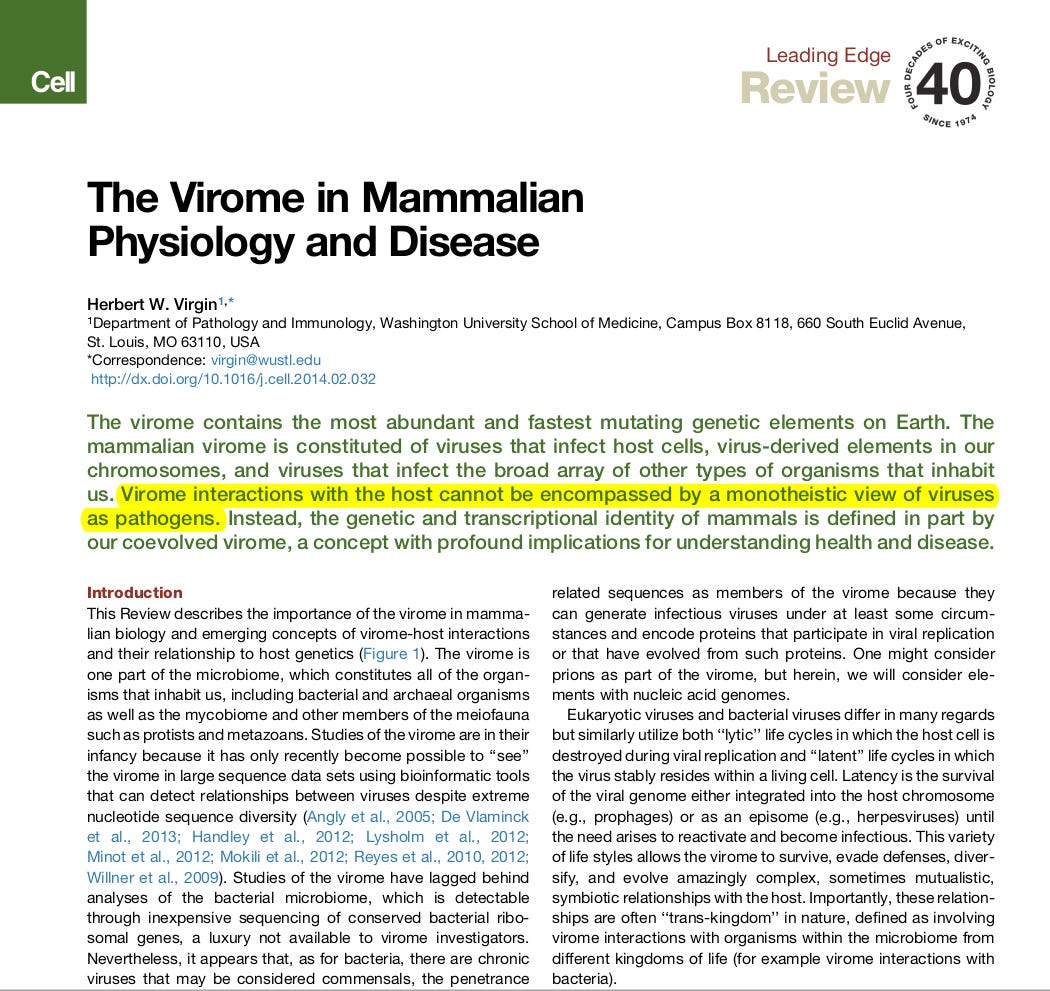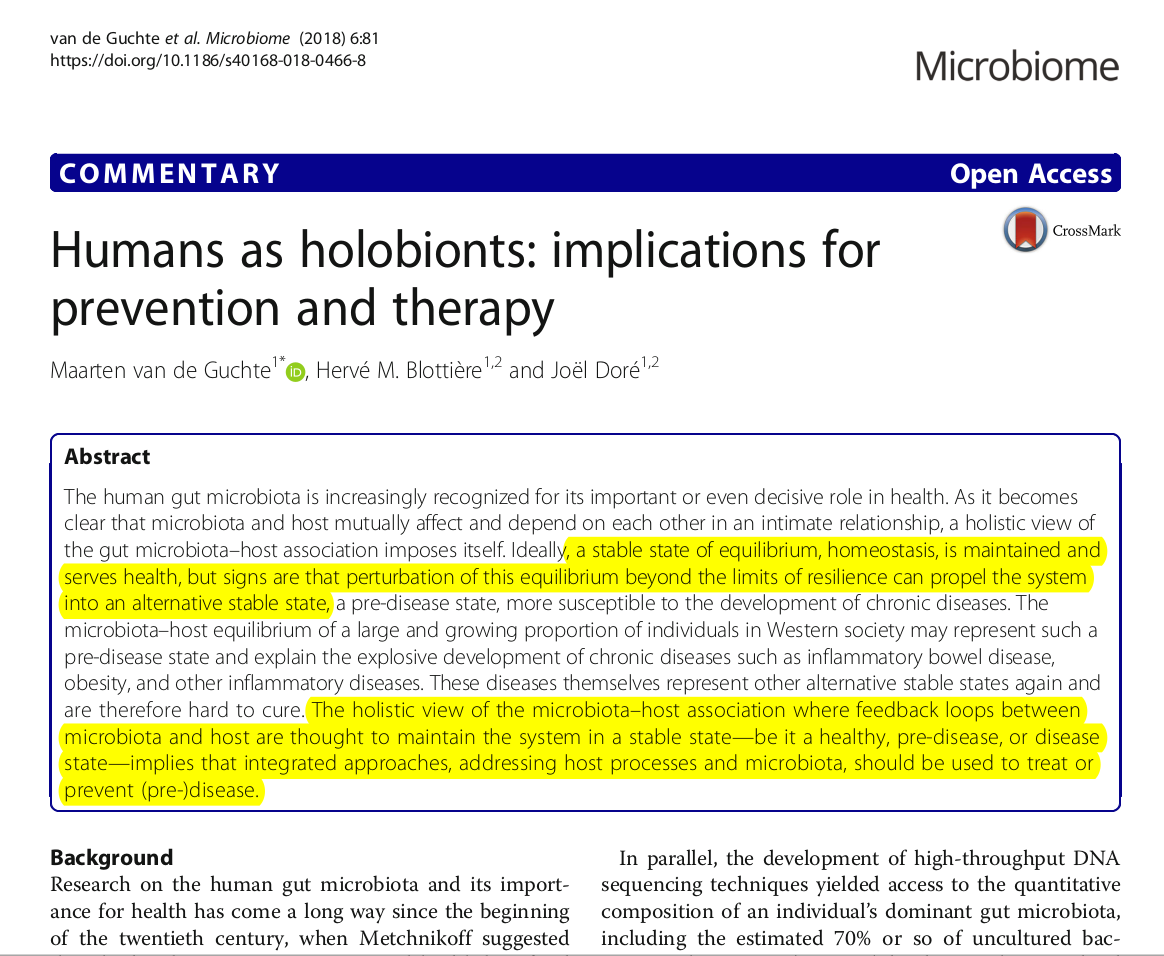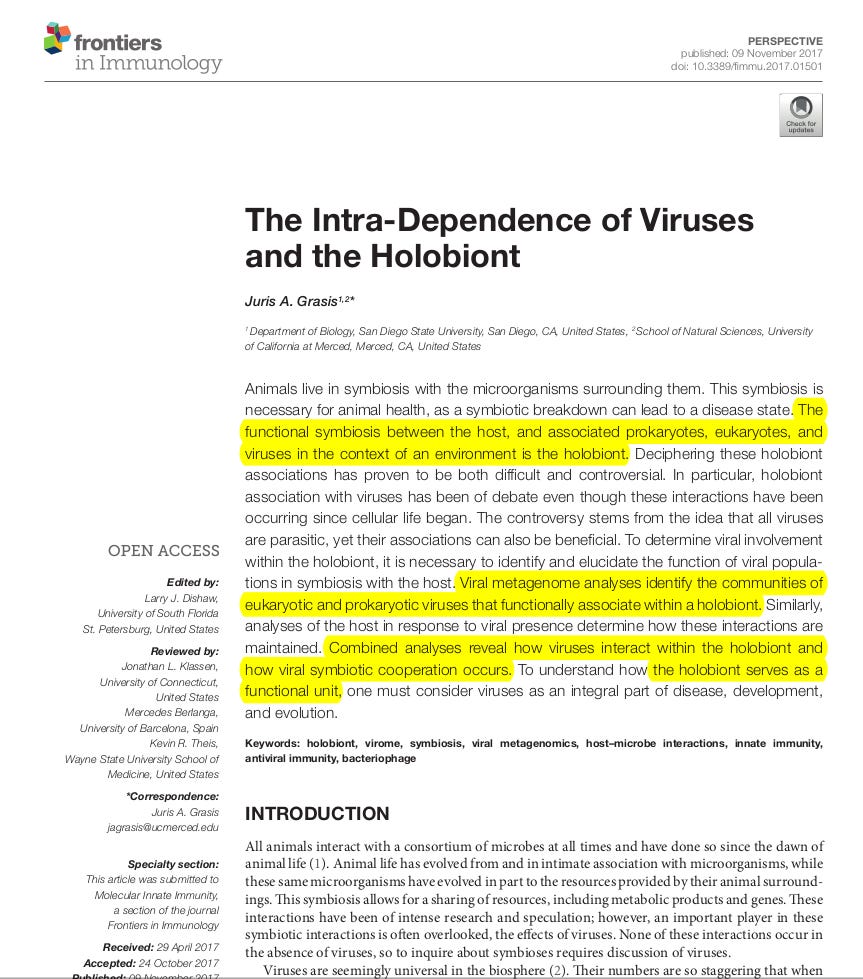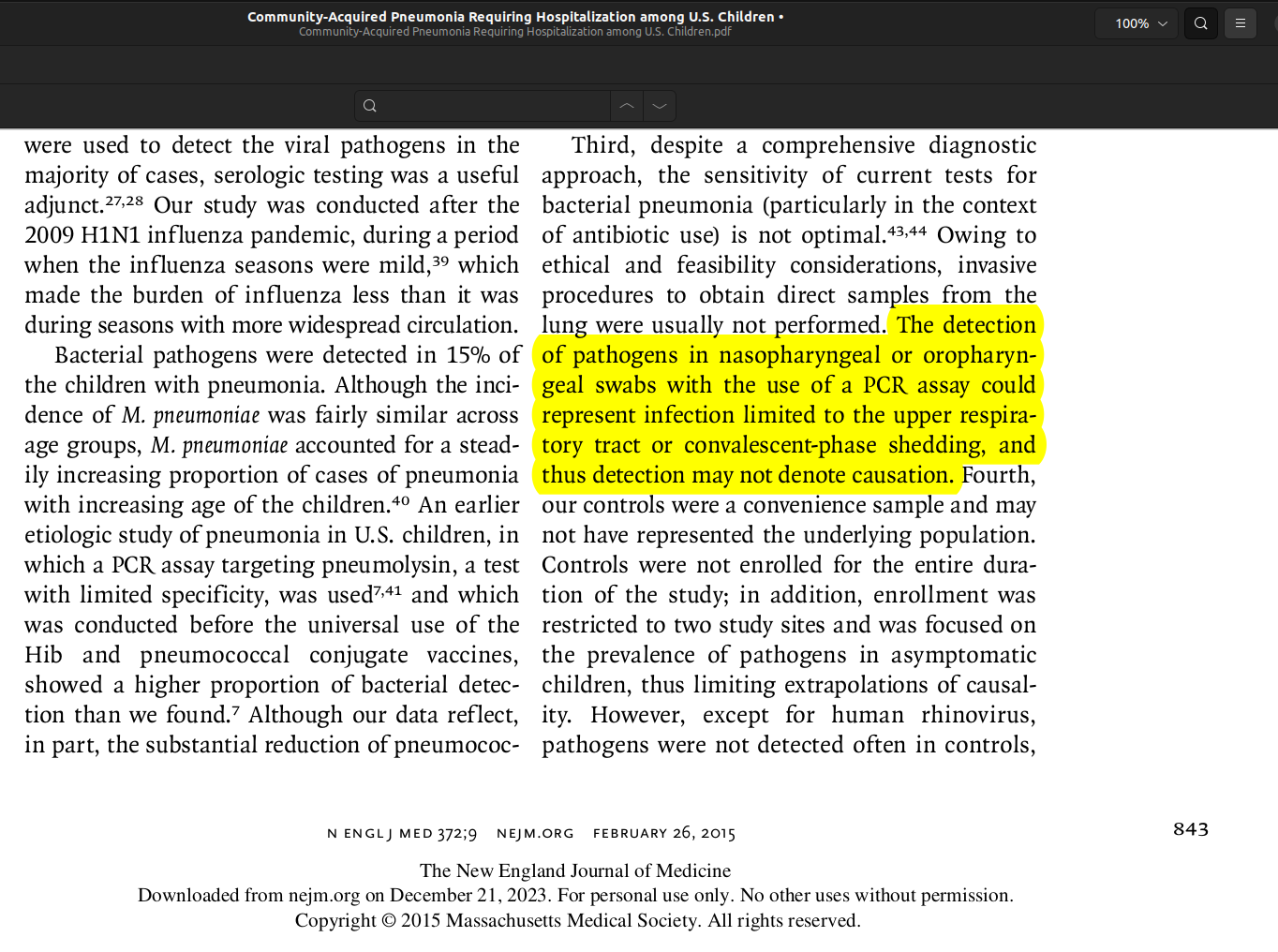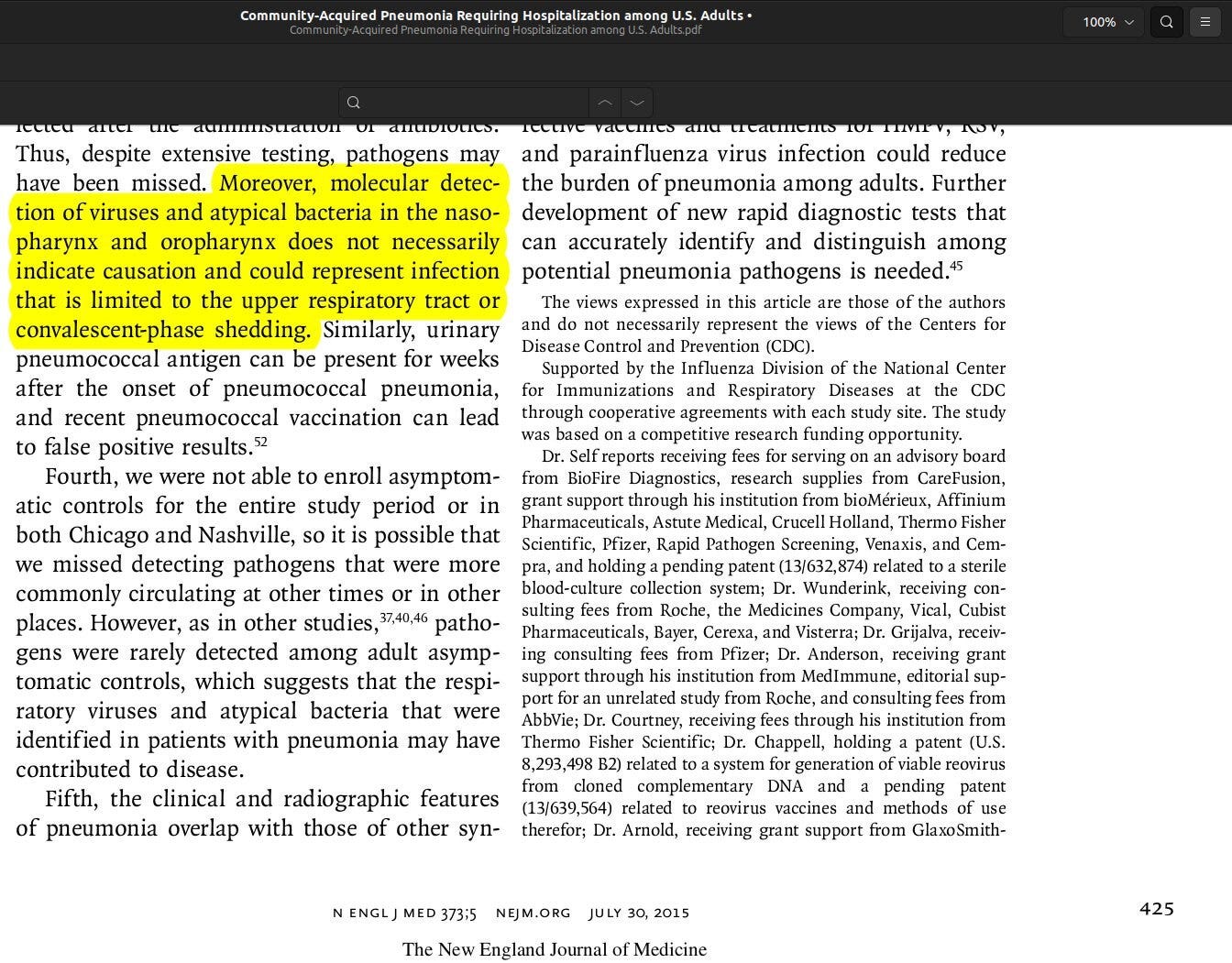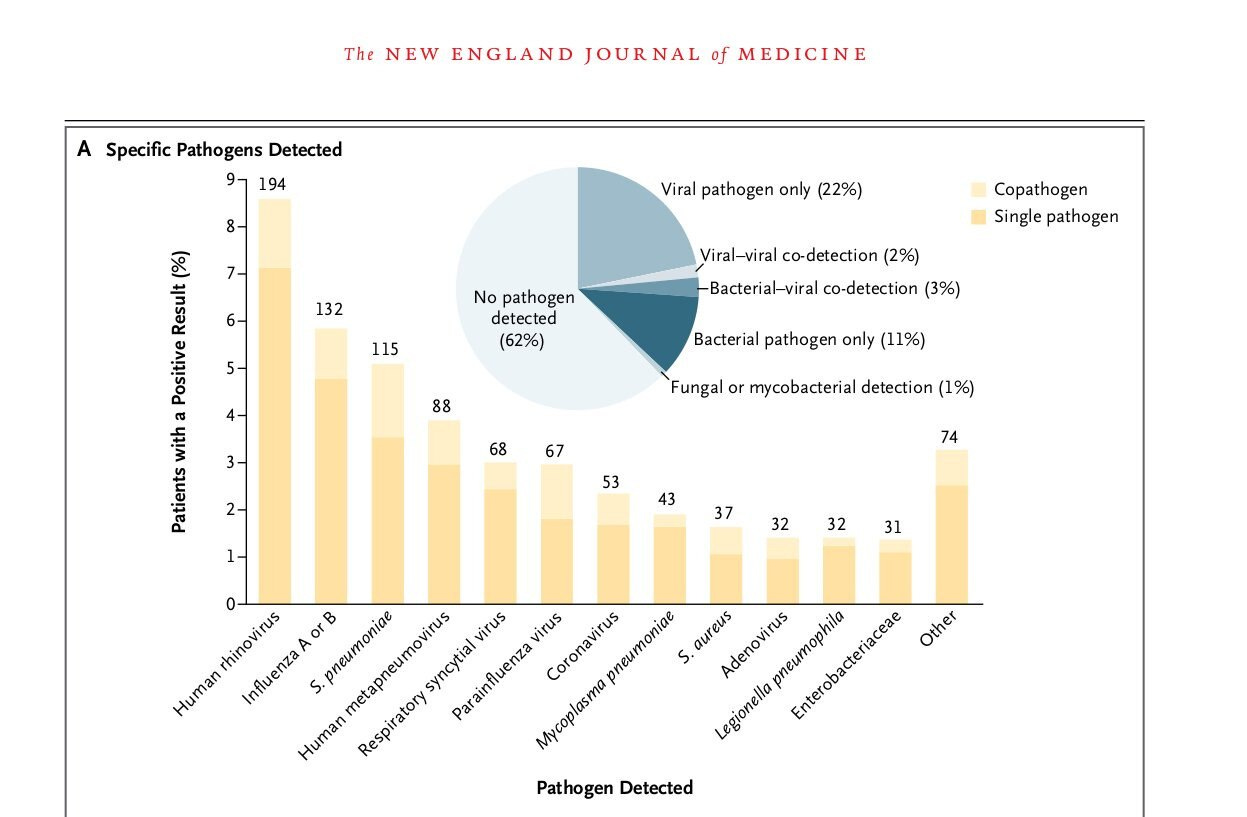Brief Summary response for those who claim that viruses do not exist, which is quite misleading
Exhaustive references and farther explanations will be given in the upcoming Scientific reports on Molecular Testing, Sequencing & Plausible Origins for SARS-CoV-2
1) A PCR is a true positive if the targeted amplicon/template is present in the sample tested. It doesn't have any clinical significance without farther evaluation of the patient by a competent physician.
2) The amplicon might belong to a given viral strain or not. If it does, you would be able to sequence the whole or most of the genome of the known virus in the sample.
3) For unknown viruses de novo sequencing is required, plus farther validation via viral culture and phenotyping.
4) Generally, viral genomes DO NOT belong to the host's chromosomal DNA, except for endogenous retroviruses, and THEY ARE NOT artifacts from sequencing alignment tools or de novo assemblers; they constitute reproducible results and are associated with a myriad of different biological functions needed for life.
5) In a certain sense, viruses constitute an external exosomal communication system, although in some cases, under given conditions, which are multifactorial in nature, they have been found in association with disease; same as bacteria, fungi, protozoa, or even elements of our own immune system. Mostly this occurs during unregulated proliferation phases with disruption of signaling pathways that are required for homeostasis. Poor health, lack of clean water, malnutrition, exposure to the elements, intoxication... are contributing factors to such events. Thus, our notion of "contagion" is considerably misleading, reductionist and inaccurate. [1,2,3]
6) Lost of equilibrium at the ecosystemic and multisystemic levels are therefore the key markers of disease. [2,3]
7) Biomarkers, such as the presence of viral/bacterial/fungal... material, might help diagnose certain conditions, although in many cases the clinical significance of such findings is misinterpreted. [4,5]
8) In the case of community-acquired pneumonia, a plethora of viruses/bacteria have been found in association with the disease. Viruses might be present in nasopharyngeal and/or oropharyngeal samples due to upper respiratory infection without lung involvement, and therefore constitute non-causal elements of the disease course. [4,5]
In general, our understanding of the true biological function of viruses is lacking, especially in cases where they are categorized solely under the label of 'disease-causing agents' or 'obligate intracellular parasites', which are considerably reductionist views that cannot explain, in any way, the complexity and biodiversity present within the virome.
Some useful references:




